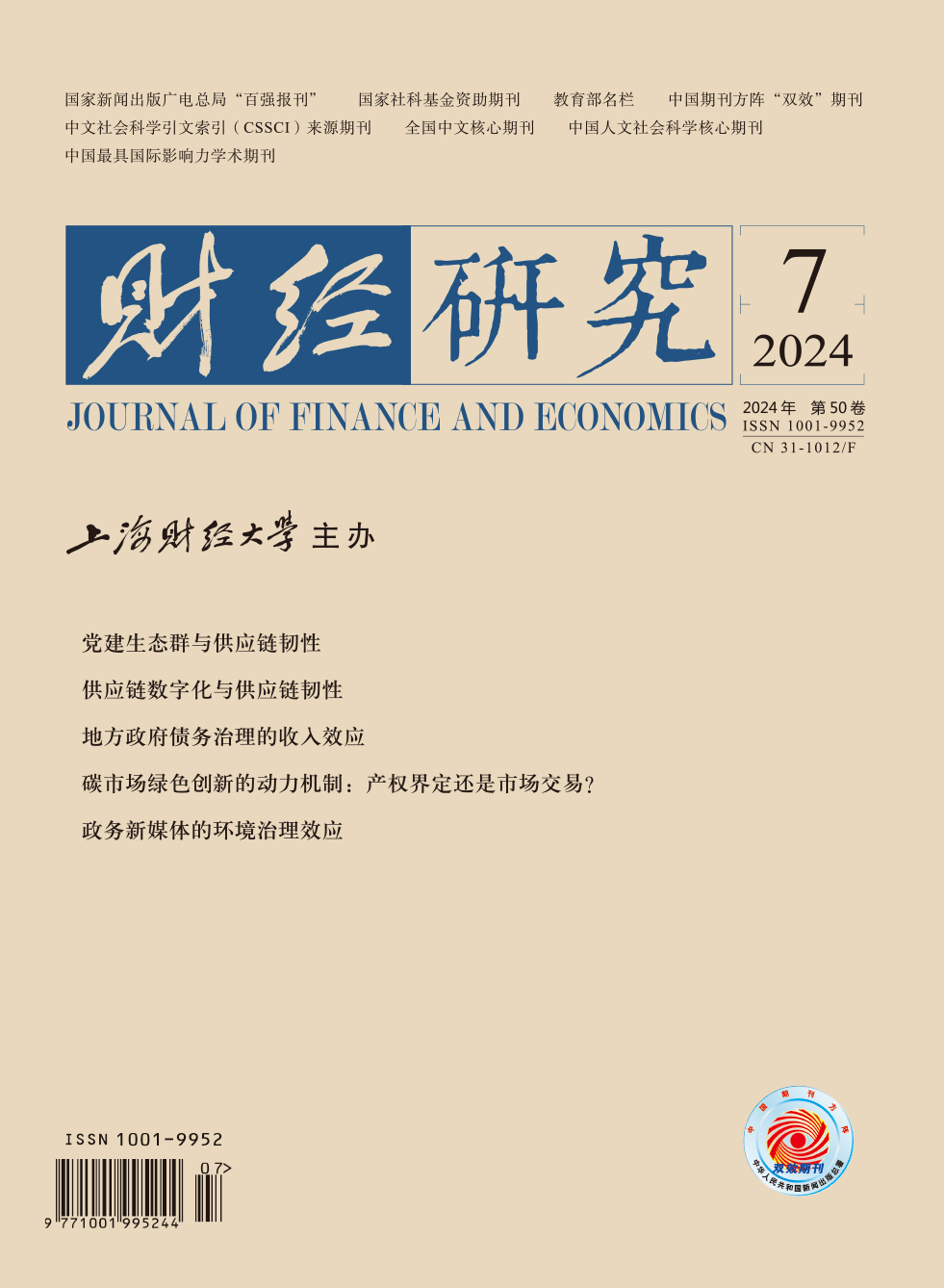The carbon peaking and carbon neutrality goals require that economic growth must be integrated into the framework of climate change. How to implement effective policies to overcome the dilemma between carbon reduction and economic growth? China has proposed the new energy demonstration city (NEDC) policy, which plans to combine clean energy with urban construction to achieve energy transition. Whether and how the NEDC policy can overcome the dilemma of sustainable development remains to be tested. This paper incorporates carbon reduction and economic growth into a unified framework, constructs a DID model based on the NEDC policy, and uses the data of cities at and above the prefecture level from 2006 to 2019 for empirical testing. It is found that the NEDC policy can significantly reduce carbon emissions and promote economic growth. Mechanism analysis shows that the green innovation compensation effect not only plays the role of green technology progress in carbon reduction, but also promotes economic growth. The capital misallocation eliminating effect optimizes the capital allocation structure and improves the allocation efficiency, thereby promoting economic growth while reducing carbon emissions.
The findings lead to the following policy suggestions: First, the central government needs to summarize the experience of the NEDC policy and promote the development of energy transformation at a higher level, further optimize the selection criteria for NEDC pilots, and form replicable cases to expand the scope of pilots in an orderly manner. Second, local governments need to focus on improving the green growth effect of policies, do a good job in energy saving and “double decoupling”. Third, local governments need to develop a differentiated combination of policy tools according to local conditions, so as to enhance the marginal effect of policies, and replace effective space for the deep use of new energy. This paper makes the following contributions: First, the integration of carbon emissions and economic growth into the unified framework explains the internal mechanism of the NEDC policy, enriching the theoretical analysis of energy transition policies. Second, it accurately identifies the causal relationship between the NEDC policy, carbon emissions, and economic growth, providing effective policy tools and reference significance for the construction of ecological civilization. Third, it expands the research direction of policy evaluation, which is helpful to comprehensively summarize the experience of the NEDC policy.





 2613
2613  2497
2497

